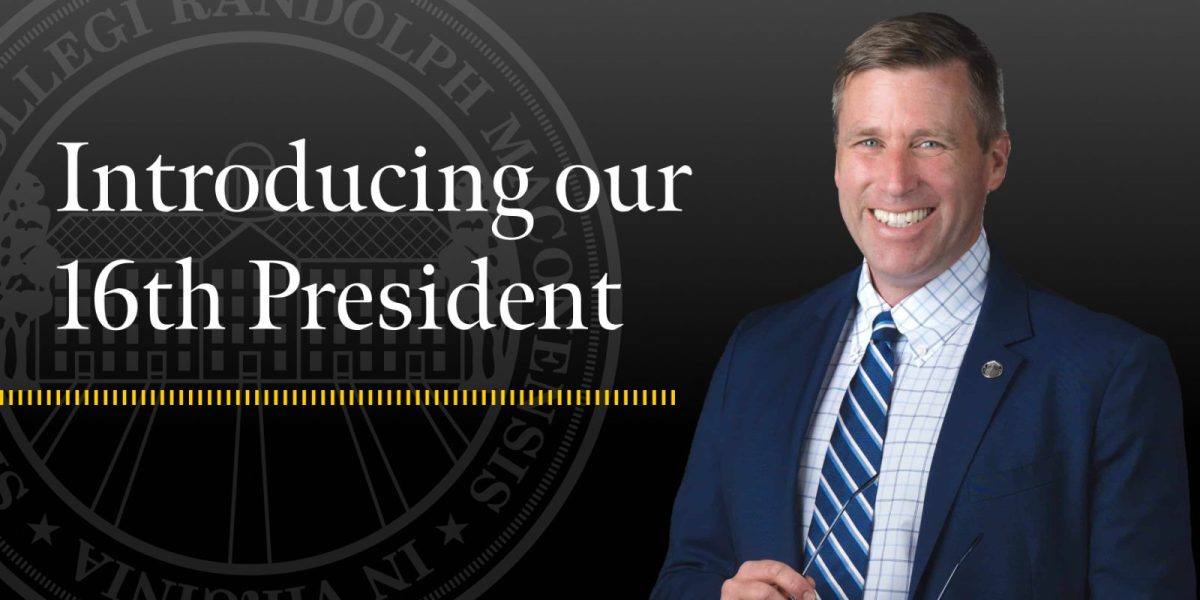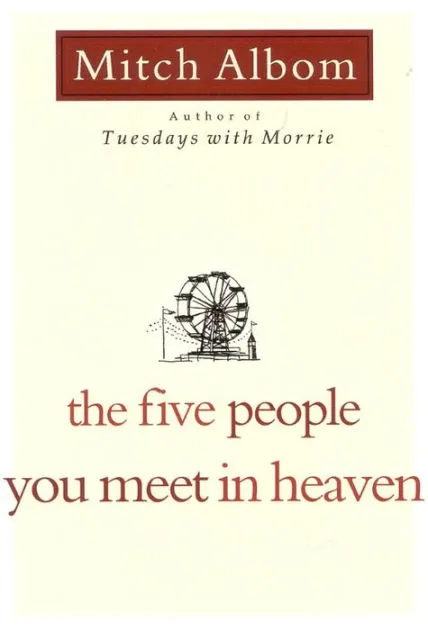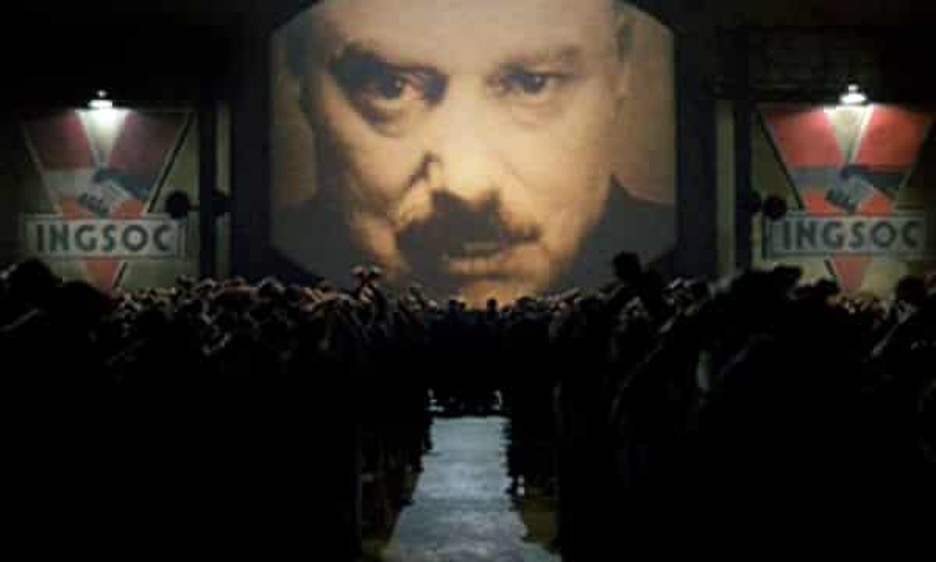Senator JD Vance of Ohio delivered a highly effective performance during the debate this past Tuesday night, demonstrating his expertise in presenting populist arguments and connecting with his audience. Vance’s opponent, Tim Walz, came across as lackluster, possibly due to being advised to avoid any outbursts—a reaction Walz had previously exhibited during a gubernatorial debate. Walz’s remarks, such as “I agree with Vance” and “I appreciate that,” seemed to reflect a cautious approach.
Vance’s debate strategy was a standout example of skillful political communication. Despite media attempts to influence the debate’s outcome through biased polls, Vance was widely perceived as the winner. His objectives were clear: first, to control the conversation by focusing on issues advantageous to him, namely the economy and immigration; second, to emphasize his appeal to blue-collar, working-class voters in the North, a message that resonated with many in the audience; and third, to address the concerns of working-class Millennials and Gen Z women, who may be dissatisfied with Democratic leadership but hesitant to trust the Republican Party.
Vance consciously toned down his rhetoric to appeal to these groups, opting to project empathy and intelligence rather than simply attacking Walz or revisiting past issues. This approach proved tactically sound, as Vance excelled in the debate’s substantive and stylistic aspects.
Vance’s control over the debate was equally impressive. He maintained composure, often refraining from taking notes, and showed a genuine smile throughout, creating a more approachable image. He also demonstrated unwavering control during moments of moderator fact-checking, confidently raising his hand to assert his position. This display of confidence reassured the audience of his control over the situation and his unwavering commitment to his stance.
Vance’s unique background, growing up in a working-class environment, serving as enlisted military personnel, and attending Ohio State and Yale Law School, has endowed him with a diverse set of experiences. These experiences enable him to effectively engage with both working-class and elite circles without alienating either group. His decade-long contemplation of critical political issues has further honed his ability to construct coherent arguments and defend them against media scrutiny. This strategic mindset is best summarized by the metaphor, “I’m Johnny with a fiddle, and the devil went down to Georgia.”
The role of the moderators in this debate highlights a broader concern for Republicans. Future presidential or vice-presidential debates should not be hosted by mainstream outlets, which tend to exhibit bias. While candidates like Trump and Vance can navigate this prejudice, many Republicans struggle to do so. Moving forward, Republicans should consider only debating such terms when necessary. Additionally, the press corps at White House briefings should be diversified to include a broader range of media outlets, including international and local representatives, to reflect the country’s diversity better.
JD Vance’s debate performance was a political strategy masterclass that blended substance, style, and control. His ability to connect with working-class voters, confidently navigate media bias and dominate the discussion set him apart from Tim Walz, whose cautious approach only highlighted Vance’s strengths.
All opinions shared in this article are the author’s own. This does not represent the organization.















